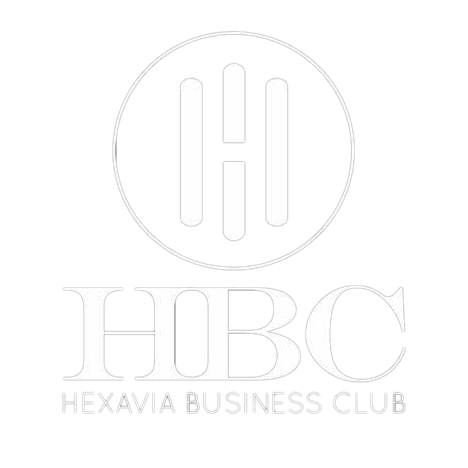
-
A perfect competition describes a market structure, where a large number of small firms compete against each other. In this scenario, a single firm does not have any significant market power. As a result, the industry as a whole produces the socially optimal level of output, because none of the firms can influence market prices. An example would be the sachet water industry in Nigeria ( rarely can Nigerians say they have only one preference in brand). In this type of structure, differentiation by brand is low, more factors like distribution and accessibility is a more potent weapon for competition and customers don’t mind any option. We can also see a very good example among brokers in the stock market.
-
Imperfect competition otherwise call monopolistic completion is a type of market structure, where a large number of small firms compete against each other. However, unlike in perfect competition, the firms in monopolistic competition sell similar, but slightly differentiated products. That gives them a certain degree of market power which allows them to charge higher prices within a certain range, at this stage brand strategy on differentiation is a huge advantage. An example of this may be competition among management consultants, churches, banks, etc.
-
An oligopoly describes a market structure which is dominated by only a small number of firms. That results in a state of limited competition. The firms can either compete against each other or collaborate. Most times they form cartels in that industry to fight new entrants and also to set price and other factors favorable to them. By doing so, they can use their collective market power to drive up prices and earn more profit. We see this among the main telecoms firms in Nigeria, shipping companies in maritime, the Nigerian cement industry. And as a rule of thumb, we say that an oligopoly typically consists of about 3-5 dominant firms. To give another example of an oligopoly, let’s look at the market for international gaming consoles. This market is dominated by three powerful companies: Microsoft, Sony, and Nintendo. That leaves all of them with a significant amount of market power.
-
The last type of a possible market structure is monopoly. In monopoly, it refers to a market structure where a single firm controls the entire market. In this scenario, the firm has the highest level of market power as consumers do not have any alternatives. We see this with PHCN today, and so it was with Nitel before. Monopolistic markets are known for mediocrity as there is no competition. And competition drives innovation that eventually favors everyone. This is usually missing in monopoly.


-
Number 1 firm: it fights for total market domination (Use Defensive Marketing)
-
Number 2 firm: it fights for increased market share (Use Offensive Marketing)
-
Number 3 firm (rest of them): it fights for profitable survival (Use Flank and Guerrilla Marketing
Written By Eizu Uwaoma,
© Hexavia!.
08035202891

About Eizu Uwaoma
Eizu Uwaoma is the founder & lead strategist of Hexavia, a business, brand, training & management consulting firm. Through his weekly features nationwide on radio, he connects with more than 5 million professionals, personally interacting with over 500 top executives & has intervened in over 50 businesses. He has a proficient gift, skill and experience in enterprise development. He is an authority in brand, human capital and business training as well as project consultancy.
He runs the Decoded, a monthly hangout for professionals in all major Nigerian cities facilitates at the Hexavian Masterclass and is the founder of the Hexavian Business Club.




